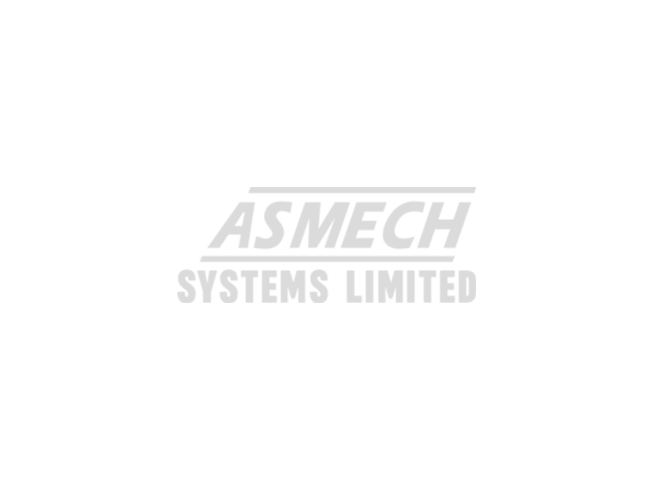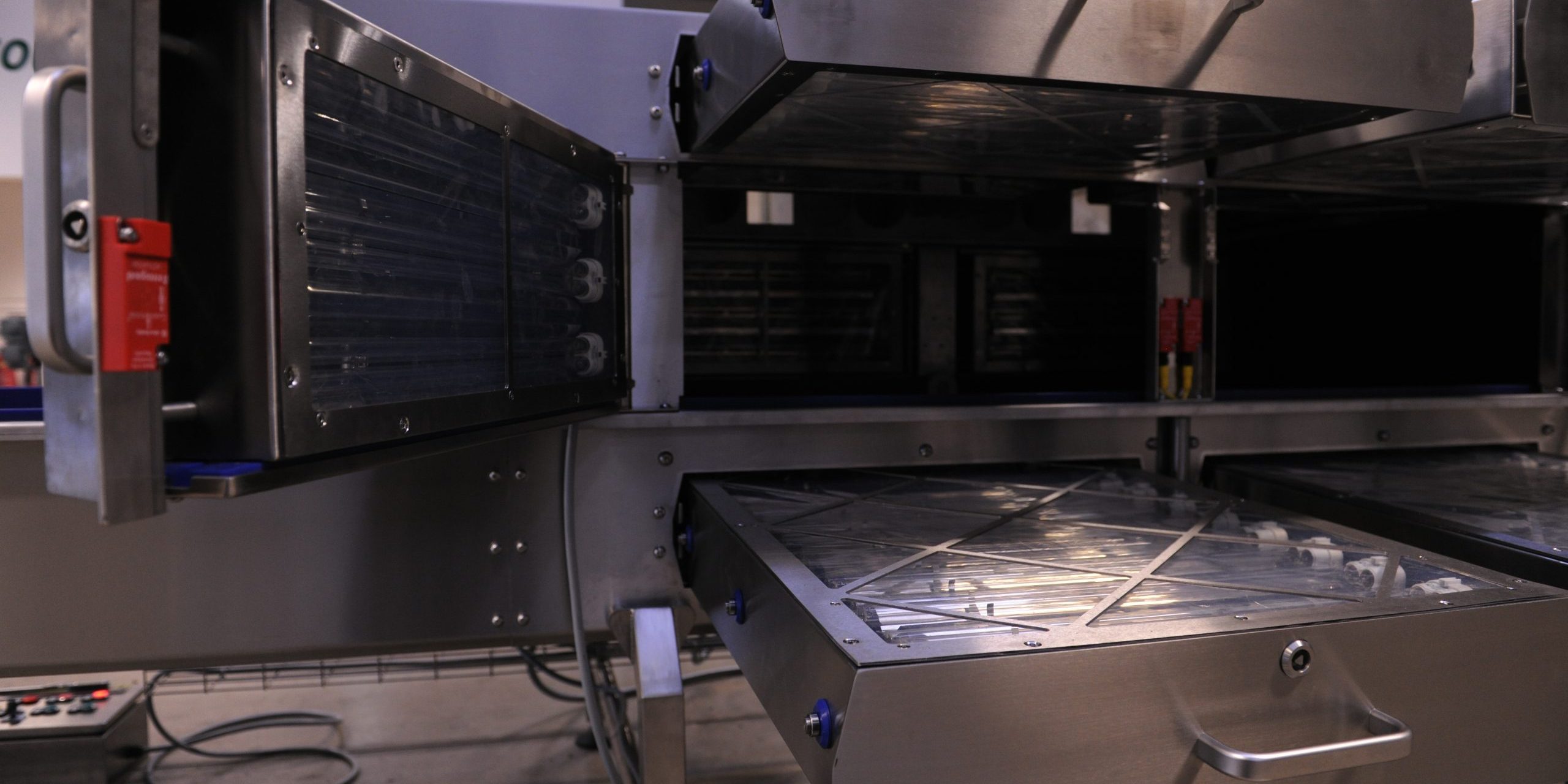Expanding on our last blog, we are looking at the three types of guards used for safety when working with conveyors.
Fixed guards
A fixed guard is a guard that can be removed only by using a tool or that is permanently set in place, for instance, by welding (Regulation Respecting Occupational Health and Safety, section 174).
Guards may be easily opened with tools or keys such when equipped with quarter-turn latches. When keyed latches are used, responsibility for controlling and distributing socket keys or tools must be assigned to an appropriate worker.
Surrounding Fixed Guard
This is a fixed guard that either completely or partially surrounds the danger zone. Because of openings required for belt and load passage, surrounding fixed guards only partially surround the danger zone. In conveyor belts, fixed guards that only partially surround the danger zone take on two principal shapes: Partial cages used mainly for head and return drums, and side screens. Guards must extend beyond the in-running nip points between belts and rollers to make them inaccessible from above, below, and either end.
To prevent access from guard ends
For partial cages, the guard must extend 1m from a drum center. Side screens must extend 1m from the centre of the first roller (load carrying or return) or drum, at the entrant side of the belt in the protected area. On the exit side, they must extend 620mm from the center of a roller and 1,000mm from the centre of a drum. Whatever the length of side screens or cages, in-running nips must remain inaccessible at screen or cage ends and from under the belt.
To prevent access from under the conveyor
Under conveyor access can be prevented by a screen, where there is no access-restricting screen under a conveyor, side screens must extend 1,000 mm below roller and belt in-running nips.
When in-running nips are 1,000 mm or less from the floor, the guard must extend to the floor. For housekeeping purposes, a 300 mm opening may be allowed under the guard provided it extends 550 mm or more under the pinch point for which it was designed to restrict access. If the distance of 550 mm cannot be maintained, the opening under the guard must meet certain specifications. When in-running nips are more than 1,000 mm from the floor, openings under the guard must not exceed 300 mm. Bars may be used to block these openings.
To prevent access from above guards
Cages should always be closed on the top. Side screens may be a variety of shapes to make running nips inaccessible from above the guard. The distance between the guard and the belt must be at least 100mm to prevent a hand from getting jammed in between. For troughed conveyors, the distance, which is calculated perpendicular from the angled roller, must be equal to one third the roller length from the roller top.
Barrier Guard section 3.2.2) 11 (NF EN Standard 953)
Barrier guards do not surround danger zones but rather restrict or prevent access by their size and separation from the danger zone. For this guard to be effective, it must be placed at a safe distance in accordance with NF EN standard 2949 and there must be no wilful act to reach the danger zone. An opening of no more than 300mm from the floor should be allowed for housekeeping. If the vertical distance from the hazard and bottom edge of the guard is less than 550mm, the opening for housekeeping under the guard must be in accordance with certain specifications.
In-Running Nip Fixed Guards (EN Standard 620, sections 3.4.17 and 5.1.4.2)
A fixed guard can be placed at a height of an in-running nip that will not allow access to this zone. In-running nip fixed guards may be form-fitting or made from angled deflectors with side plates. (They are well suited to individual load conveyance, as well as to rollers and drums with a smooth, unbroken surface. They may be used in troughed conveyor belts if they follow the belt profile. However, these guards are ill-suited to cleated-type, ribbed or raised-edge belts. If it is impossible to maintain a maximum clearance of 5mm between the guard and the roller or drum surface, or between the guard and the belt, then the use of the in-running nip fixed guard is not recommended. The minimum length that an in-running nip fixed guard must extend beyond the roller or drum center depends upon the diameter of the roller or drum. To determine this length, first determine the maximum distance ‘C’ which is the distance from the centre of the roller to where a finger may get pinched and drawn in. Then, to this distance ‘C’, add either 150mm for rollers or 600mm for drums. Plates under a belt and between rollers may also serve as safeguards from in-running nips. However, a maximum gap of 5mm must be maintained between a roller and adjacent plates.
Interlocking guards
A guard equipped with an interlocking device should have the following characteristics.
It should cause the machine or the operation of its hazardous components to stop if it is slightly opened and make it impossible to start the machine or to operate its hazardous components for as long as it is not in place nor cause the machine or its hazardous components to restart once it is fully restored to its place.
This type of guard may only be used if the hazard disappears before a worker can access the danger zone (low-inertia conveyor with rapid stop) WARNING: In the case of interlocking guards and interlocked guards with guard locking, it must not be possible for a person or any part of the body to be in the danger zone or between the danger zone and the guard, when the guard is closed. For more information on the design of interlocking guards and interlocked guards with guard locking, refer to ISO Standard 14119, 1998.12.
Interlocked guards with guard lock.
An interlocked guard equipped with a locking device should have the following characteristics:
- It should remain locked in place for as long as the machine or its hazardous components are moving.
- Make it impossible to start the machine or to operate its hazardous components for as long as it is not in place and reactivated.
- Not cause the machine or its hazardous components to be restarted once it is restored to its place and reactivated.
For more information on guards or the health and safety of our conveyors, speak to a member of our friendly team.









